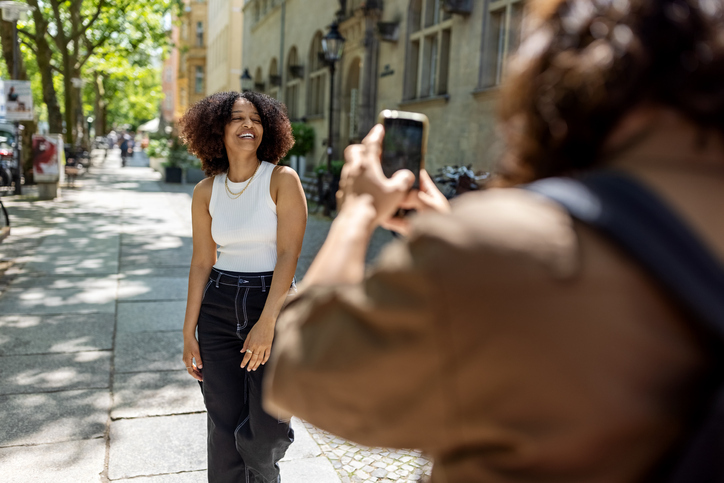Strangers on Display: Power Dynamics on Social Media
Unmasking Power Dynamics and Reinforced Stereotypes Online
 (Getty Images)
(Getty Images)
As I’ve grown up, I’ve watched the popularity of different forms of content shift. When I was younger, I was exposed to more personal and connection-based social media, such as Facebook. My family and friends would post pictures from their lives and share things that were interesting to them. When video platforms such as YouTube became more popular, most of us would stick to watching well-known channels. Back then the line between the content creators and viewers was pretty sharp. But this isn’t the case anymore.
TikTok and similar platforms mostly rely on algorithms for people to find content as opposed to searches or subscriptions. It is easier than ever for videos to go viral — even those posted by people without a large following. Content creation is far more complex, especially in upholding ethical boundaries. It is on us as the audience to decide what is the “right” way to create content since creators may not have a large fan base to hold them accountable.
I’ve seen a lot of people voice concerns recently about the line between recording strangers in public, with or without consent, and posting them online. Some of these videos seem to value consent from strangers in interviews designed to be enjoyable for the interviewee and the viewer, or games/trivia on college campuses to win money.
This isn’t always the case. The rise in videos secretly filming embarrassing or vulnerable moments of random people for comic relief is concerning to me. Some creators exploit unhoused individuals or people who may be struggling with mental illness or addiction by filming them without their consent, or sometimes without their knowledge. Some record people who are shy or may deal with social anxiety and frame their behavior as cringe-worthy. The subjects likely have no idea they will be mocked by thousands online. The popularity of these videos makes their impact on individuals and communities immense.
Other times, people will ask strangers questions intending to provoke them and question their beliefs. They are asked things like, “Why should women have rights?” or why they think a certain politician, celebrity, etc. is “bad.” These videos are often edited to make the subject seem confused, flustered or make their answer incoherent. When someone isn’t able to defend their belief on the spot, the creator can portray certain groups or viewpoints as irrational or unintelligent — reinforcing negative stereotypes. For some, this representation creates a reason to dismiss a viewpoint altogether. And content creators with large platforms have the power to maintain these harmful narratives and stereotypes. We should be using platforms on social media to give people a voice to share their opinions and create an environment for genuine discussion or disagreement; these videos do the opposite.
I don’t have all of the answers on where to draw the line. But I do know that something being legal doesn’t make it ethical. And there is a lot that happens (and doesn’t happen) behind the scenes that we might not consider. As young people and viewers, we have the power to shape social media norms for the better. We influence what gains traction and what doesn’t, as well as how those videos are received.
Nina Thompson (she/her), is a high school student from Berkeley, CA.
Edited by Amber Ly